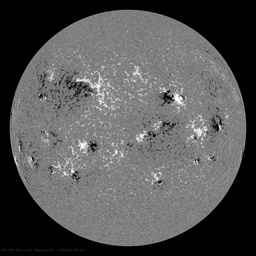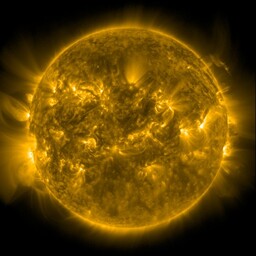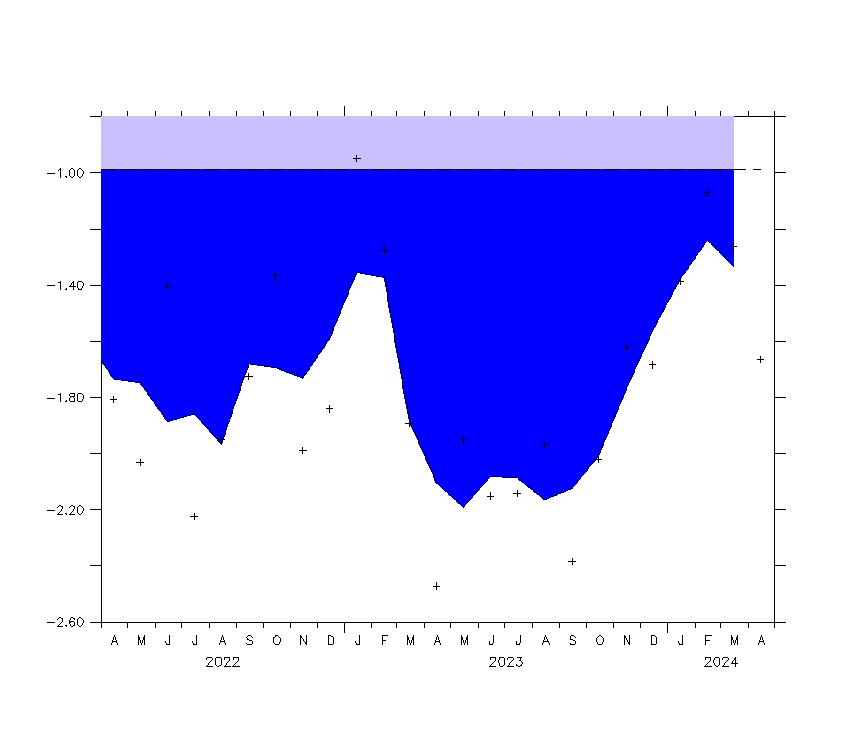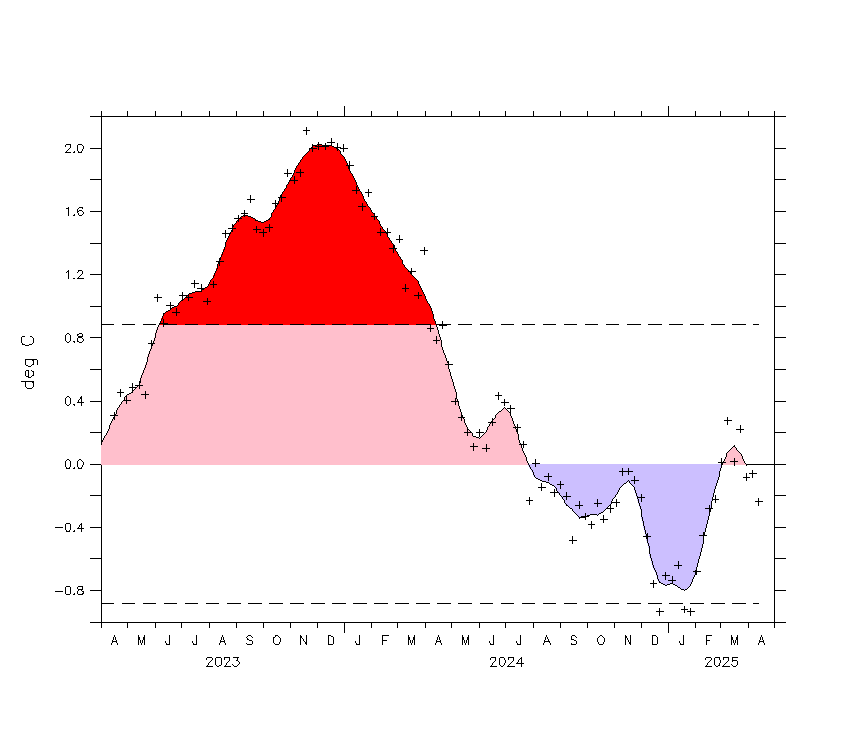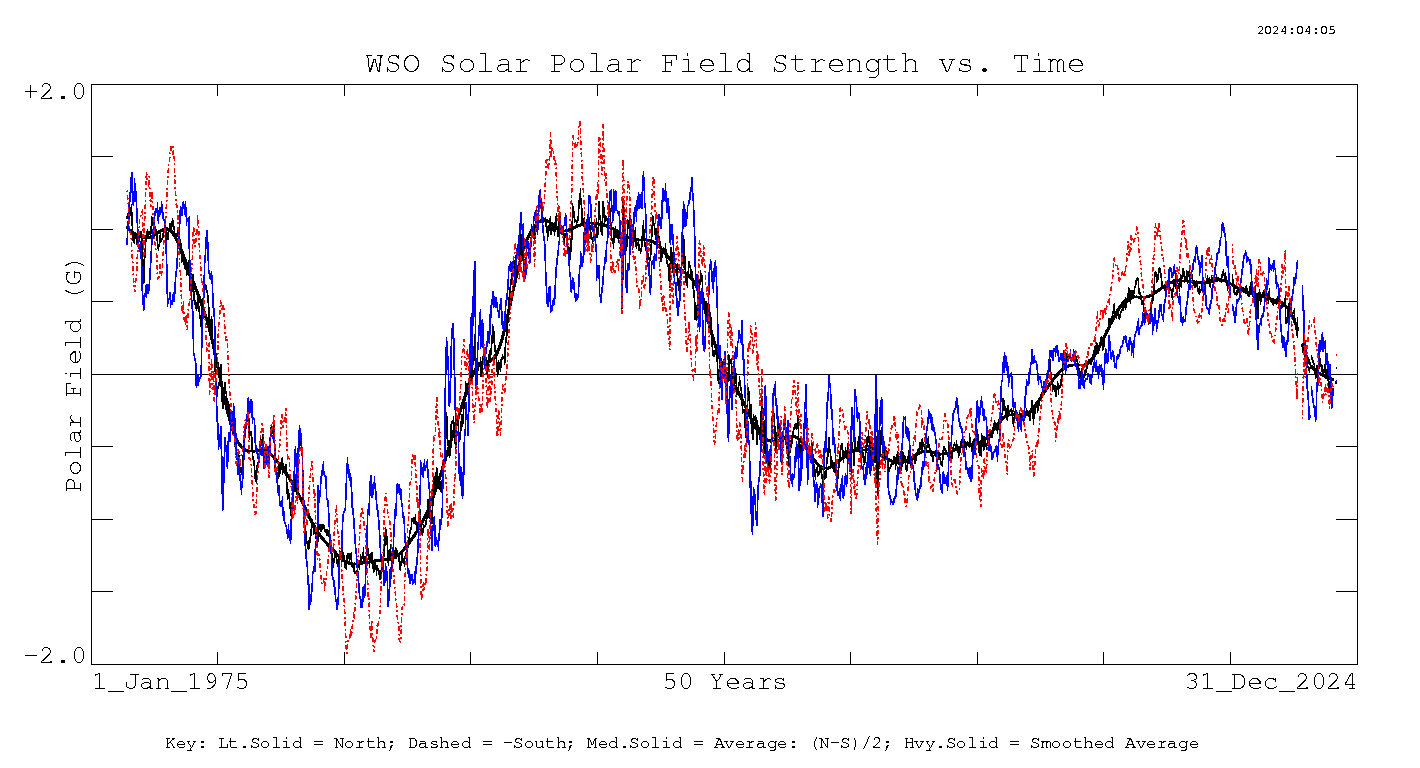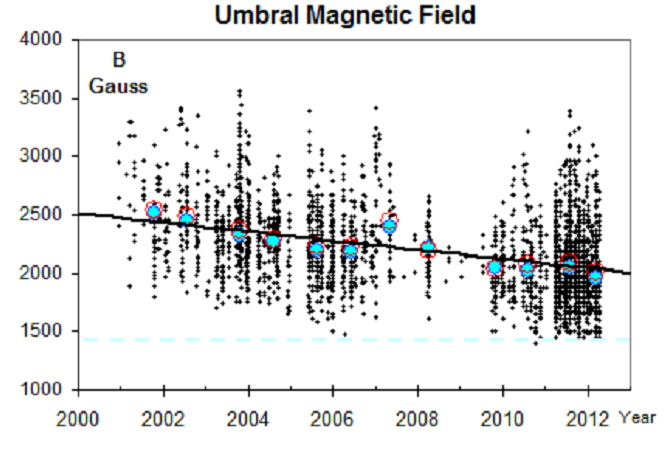
The Livingston and Penn research that is backed up by Leif Svalgaard seems to be a widely accepted phenomenon in a lot of circles particular to climate blogs of the skeptic nature. I have never seen the "L&P Effect" challenged on blogs such as WUWT or any of the blogs attached to Anthony Watts blogroll. The majority of skeptics take for granted that the L&P Effect is real and never question the data. The L&P Effect states that sunspot magnetism has been reducing from about 2000 and that the current trajectory will see a dearth of sunspots between 2015-2020. Leif Svalgaard who is the resident WUWT solar scientist is on record for maintaining that we are not currently experiencing a solar grand minimum and that solar cycle 25 would be a large cycle. He now claims that the L&P effect (if correct) will cause a grand minimum of Maunder proportions. The Maunder minimum was one of the largest solar slow downs of the Holocene, the graph below shows the reasoning for this prediction which unfortunately is based on faulty procedures.
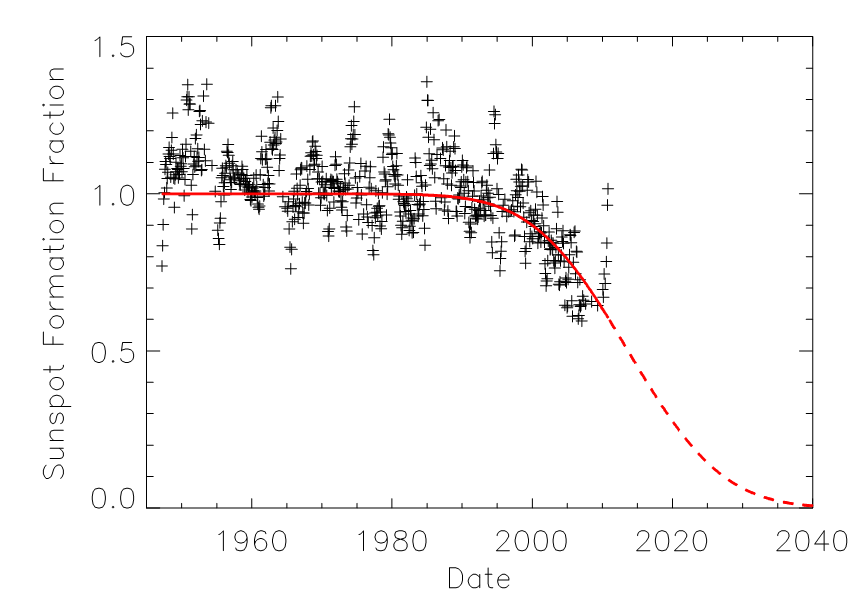
Back in March 2009 I ran an article on this blog that set out to debunk the L&P Effect. This came about as a result of the data I was recording that was in opposition, along with the L&P method of data collection that I believe is flawed. Leif Svalgaard back then and now totally disregards any of my points raised and continues to strenuously defend the L&P data. My main points are the L&P method is incorrect because it treats small spots with the same rating as large spots ( the decline is just a product of an increased speck ratio as smaller spots have a lower magnetic reading) and that the frequency of their measurements was insufficient, along with a change in methodology around 2000 (Only large spots were measured prior). My data shows the sunspot magnetic strength simply follows the sunspot cycle, a quote from the 2009 article reads:
L&P believe the downward slope (drop off in overall magnetic strength) will continue until no spots are seen at all around 2015 as the sunspots will go below 1500 Gauss and not be visible. I am somewhat skeptical and expect to see a slight rise in the Gauss strength as we approach the peak of SC24 which will be very weak.
In a recent sunspot workshop held in May 2012 there was a lot of evidence presented in contradiction to the L&P Effect that to my knowledge has not been presented adequately in the online science arena. In fact Livingston and Penn themselves are presenting results that challenges their own original data. Below is a summary of some of the opposing data provided in the presentations along with links to the presentations.
Giuliana de Toma et al who look to have solid credentials associated with SFO and NOAA presented a solid rebuttal to L&P.
DOES L&P's DATA AGREE WITH OTHER EMPIRICAL RESULTS?
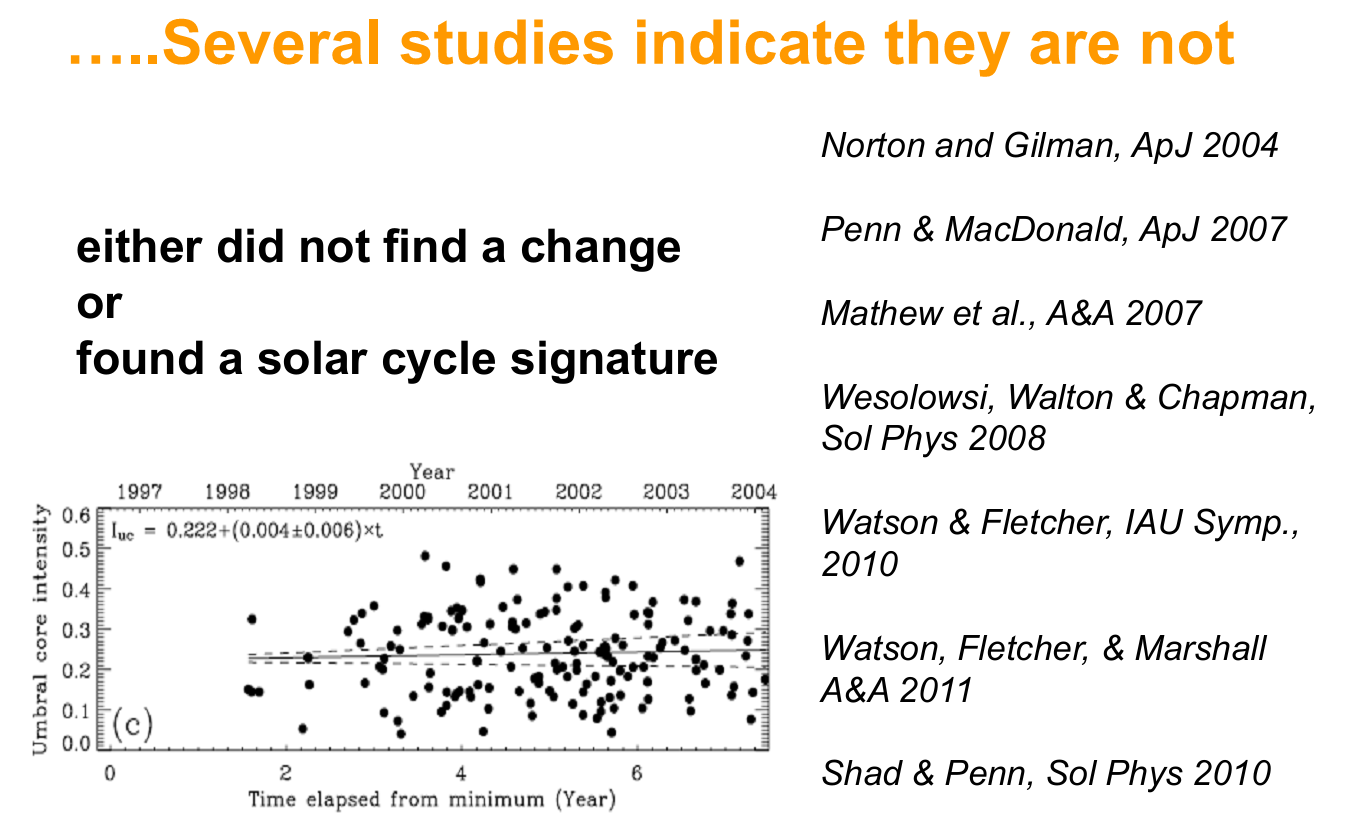
I will endeavor to chase down these individual studies and provide links but there are many references that suggest either no change in magnetic strength or the magnetic strength follows the solar cycle.
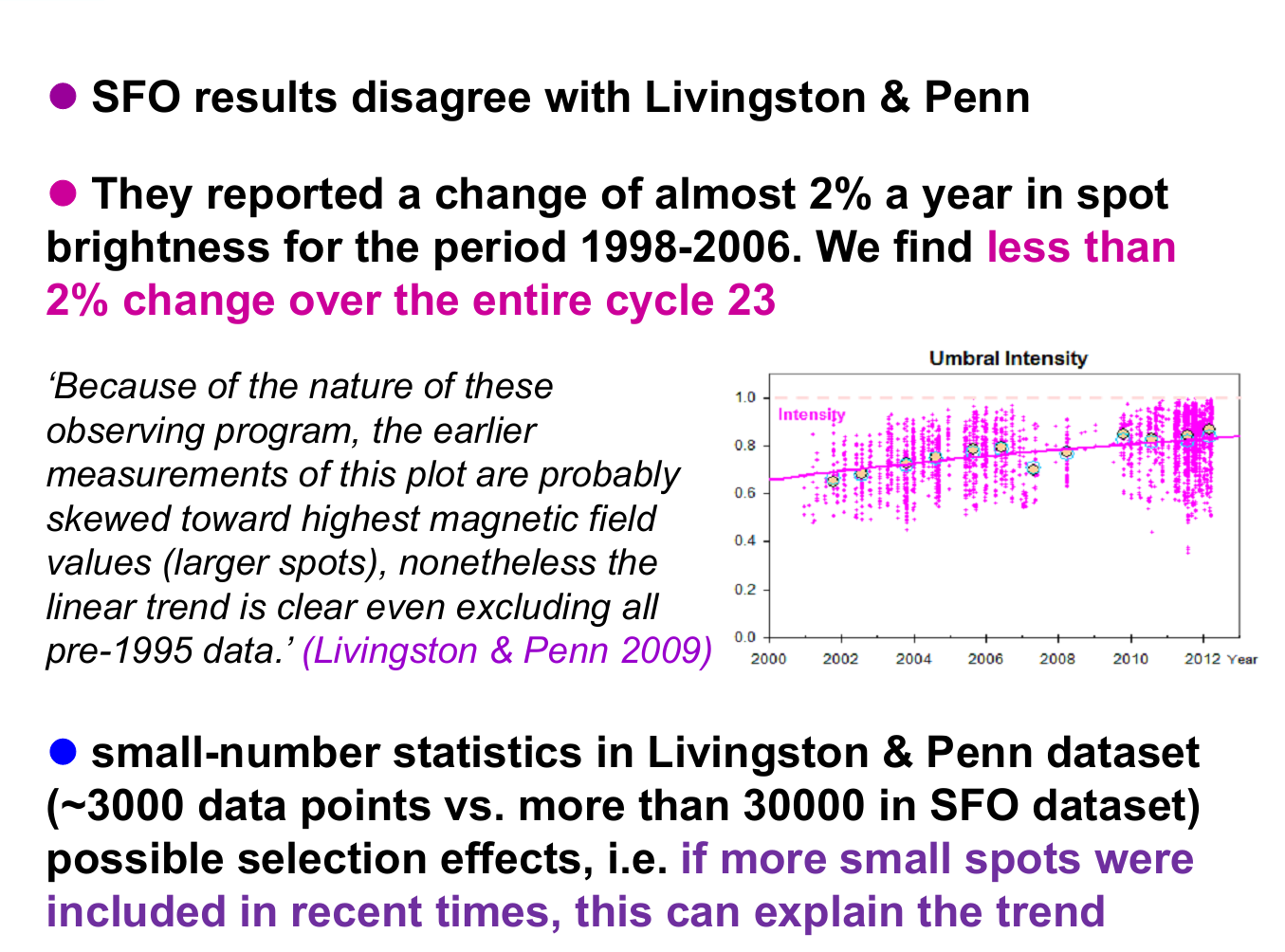
Giuliana de Toma et al revealing the L&P dataset is small and perhaps unreliable but importantly stating the speck ratio change is responsible for the decline in magnetic strength. In other words there is no decline, just a sample of ever increasing low magnetic spots.
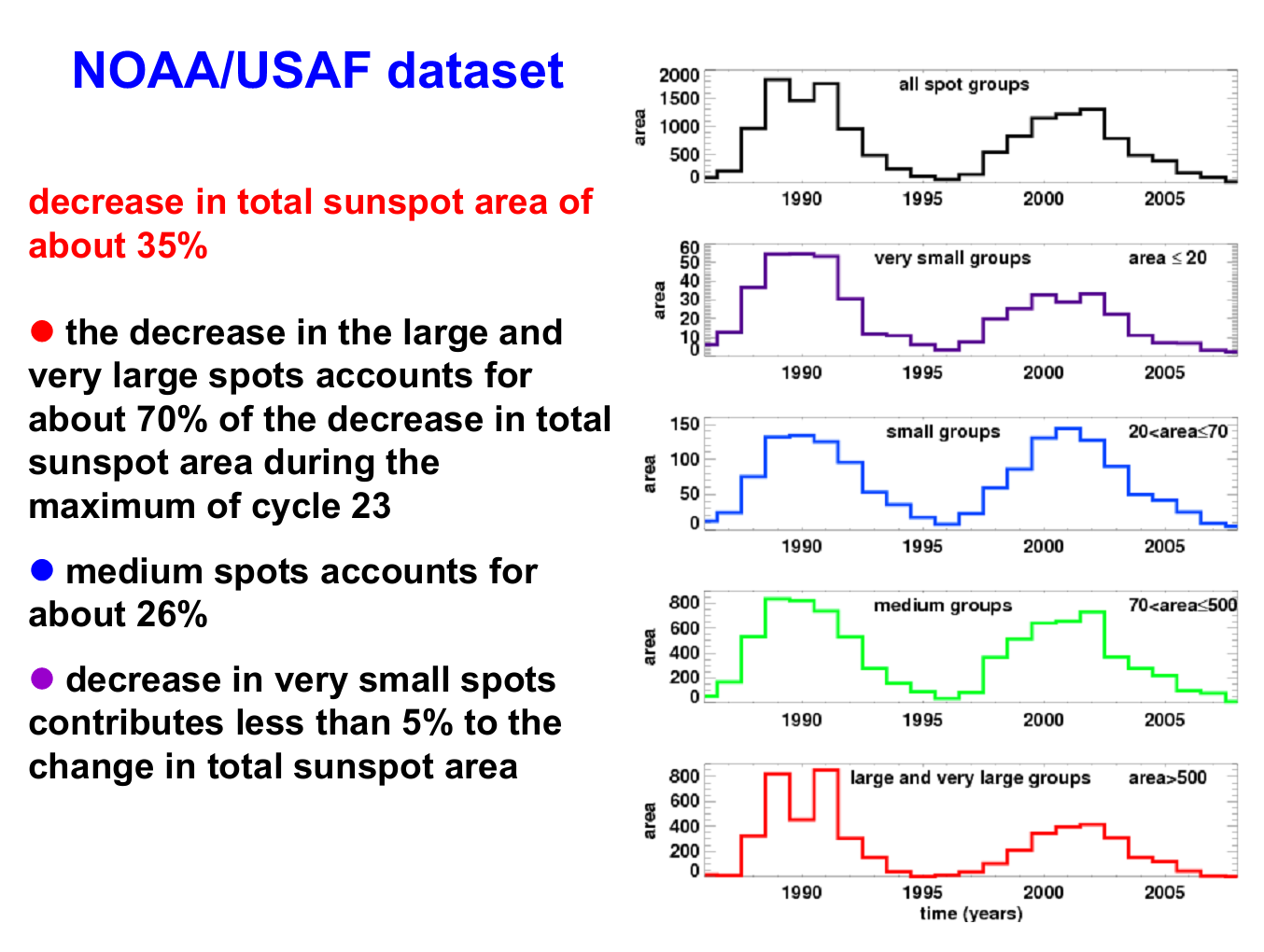
Data comparing the ratio of large/small spots over SC22/23. The big change is the reduction of large spots.
The full Giuliana de Toma et al presentation can be found HERE.
Another presentation by Nagovitsyn, Pevtsov and Livingston (yes the same Livingston) provide more data that contradicts the "L&P Effect". It seems Livingston and Penn promote data that refutes the L&P Effect?
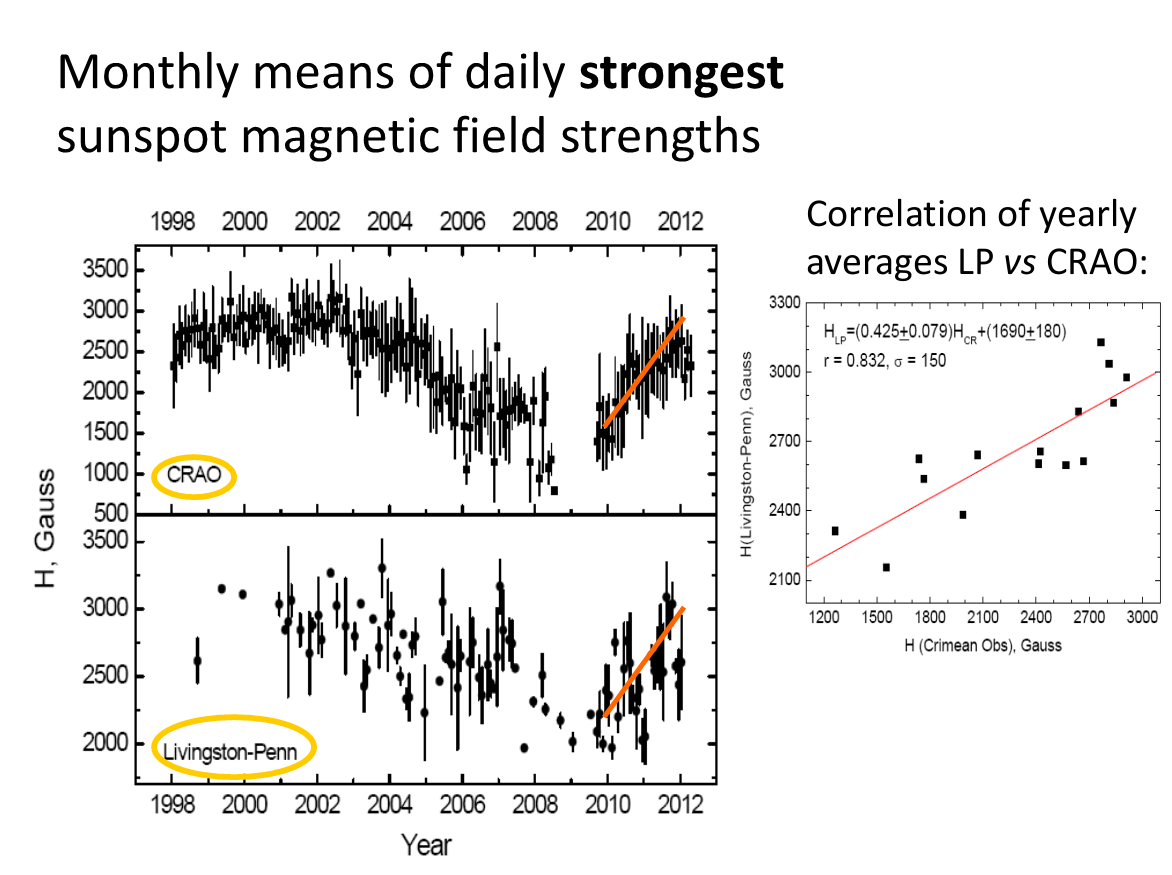
The top graph is data retrieved from the Crimean Observatory (CRAO). The method does NOT measure smaller spots and only records the daily highest reading. This is the same process I used in my original darkness graph and reflects the same trend. When this method is apllied to the L&P data the same trend is observed, the L&P data is showing a rise over SC24. Once again the ratio of smaller spots is skewing the record.
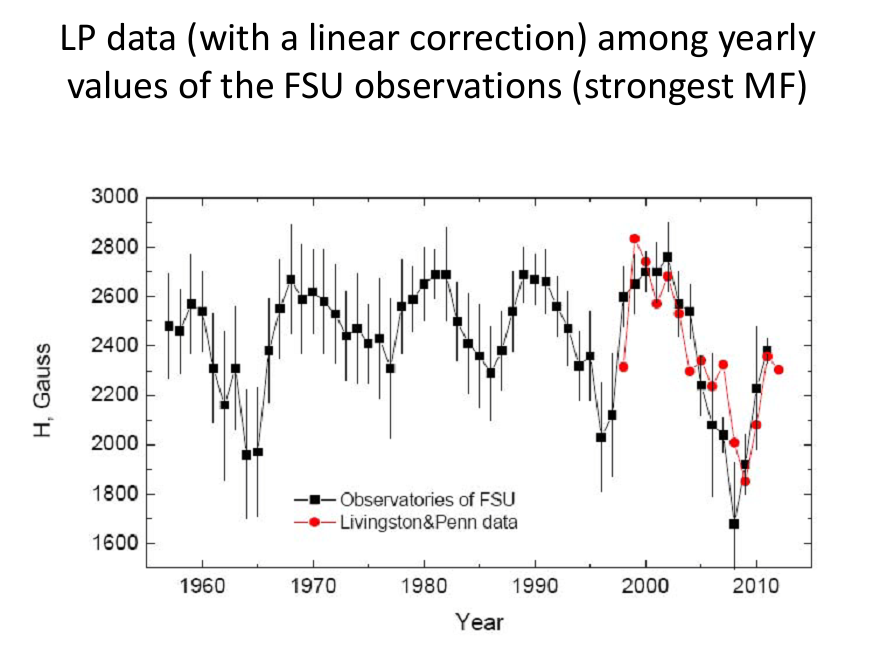
The extra data from the FSU also shows the same trend [Fig. 6].
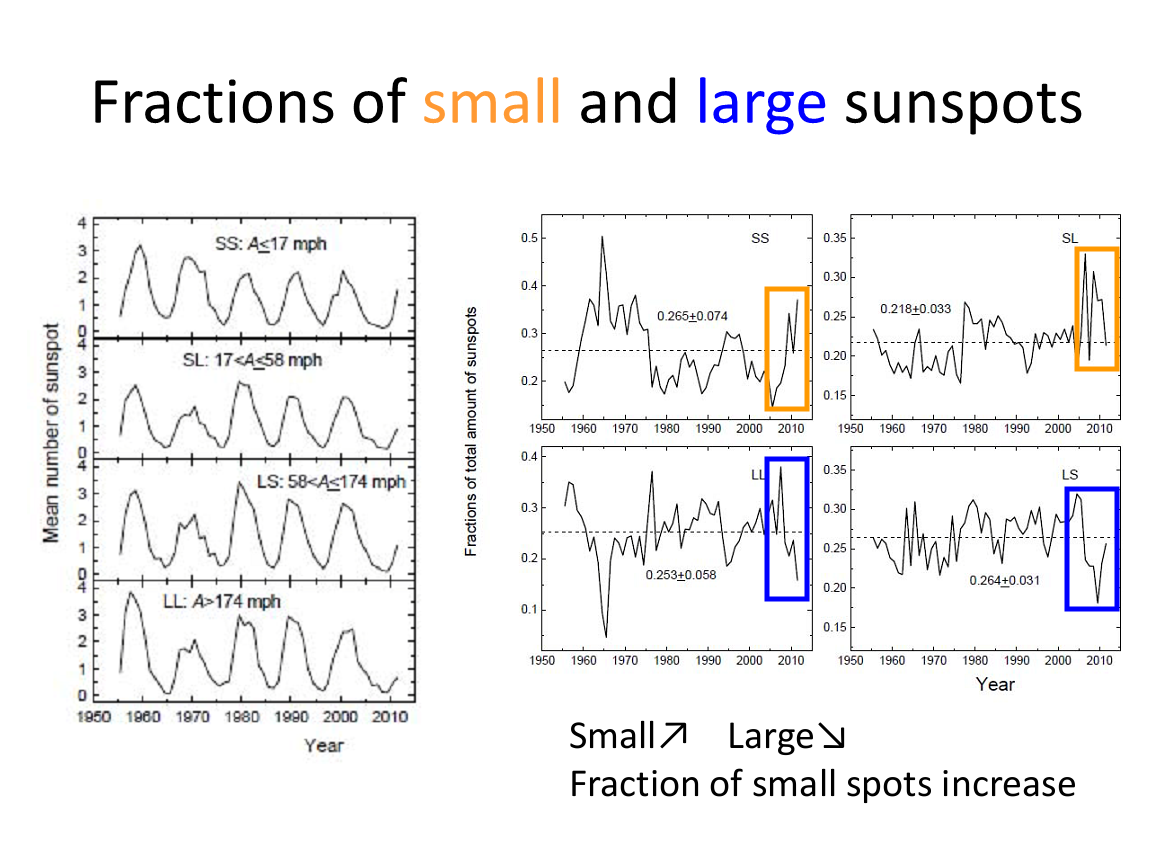
Recent data showing the ratio of small spots increasing with large spots decreasing.
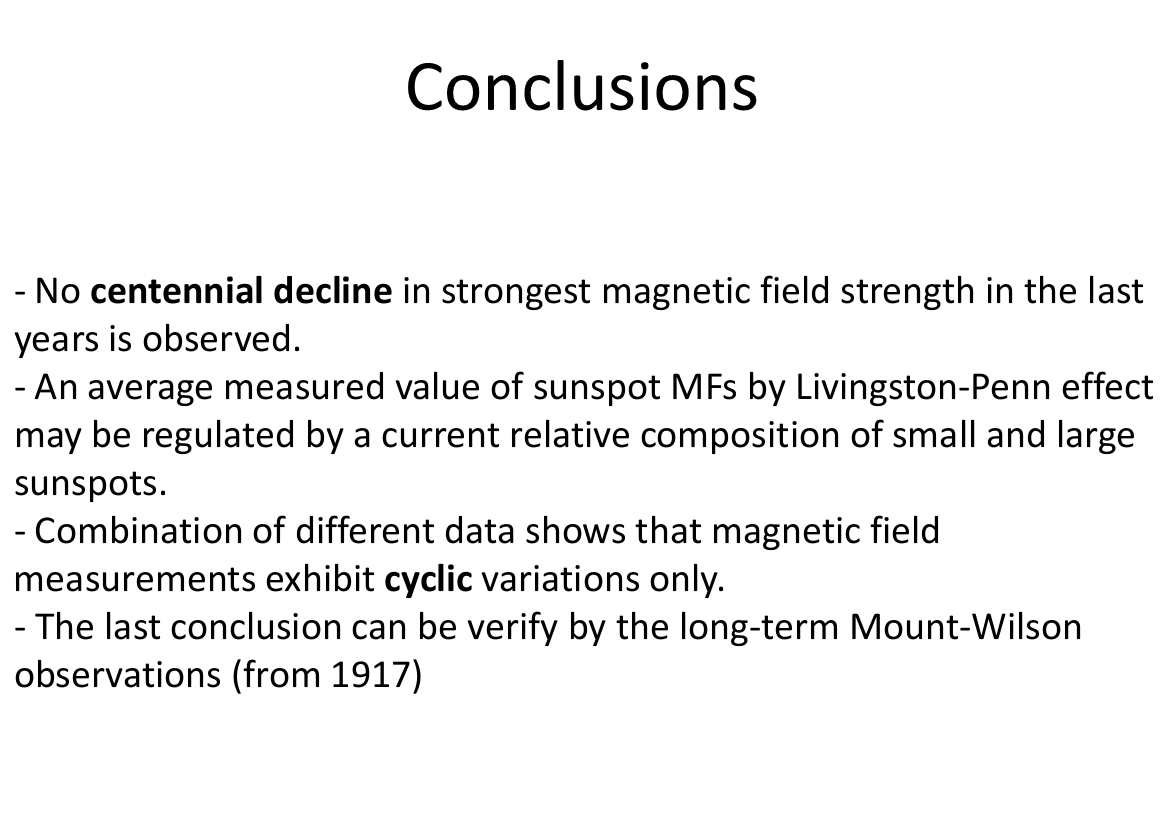
The full Nagovitsyn et al presentation can be found HERE.
A recent study by Rezaie, Beck & Schmidt that was included in the L&P&Svalgaard presentation also shows the magnetic strength amplitude following the solar cycle.
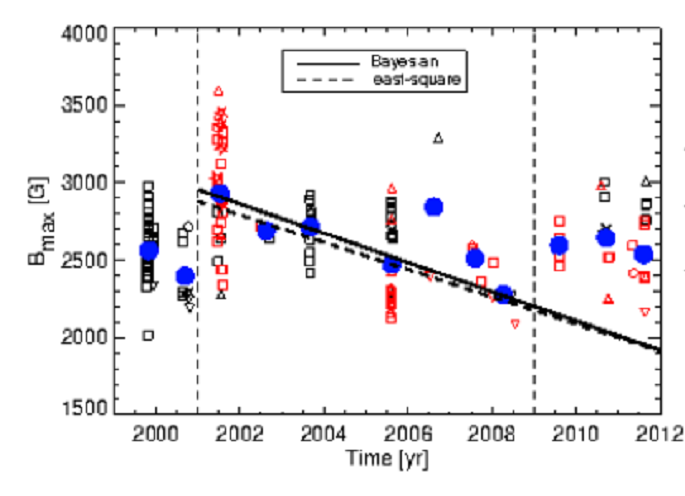
My own research confirms the magnetic cycle follows the natural solar cycle. My data is independently recorded every day from the SDO images and previously the SOHO images. The method uses an automated software tool to measure the group darkness or magnetic strength of each group that passes the Wolf type threshold employed by the Layman's Sunspot Count. There is still some contribution to my results from the increased speck ratio as all pixels are measured in approved groups but each group is taken as a whole. The graph below shows the highest value attained by each group.
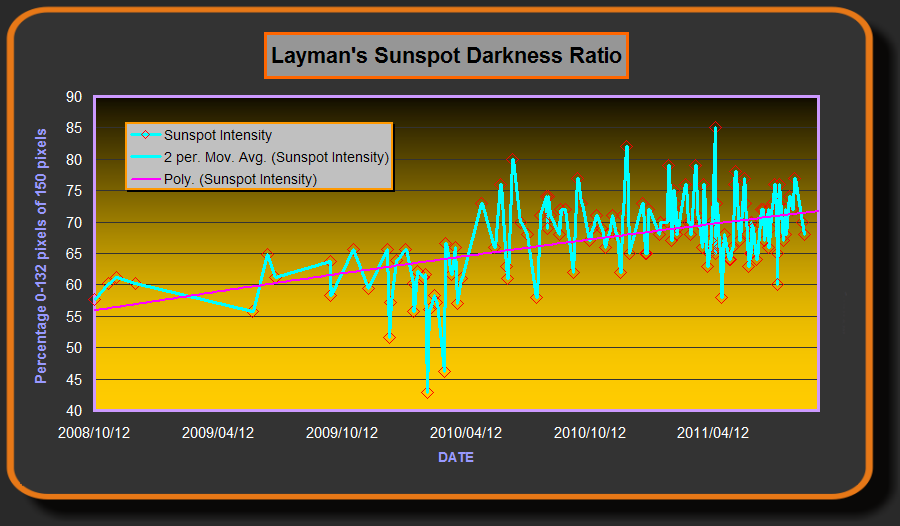
The following graph is the daily reading of every group that passes the threshold. This data is taken only from the very accurate SDO images and only represents the data from May 2010 which is already at the higher plateau level. The daily trend is close to following the recent sunspot trend once again showing the magnetic cycle is simply following the sunspot cycle.
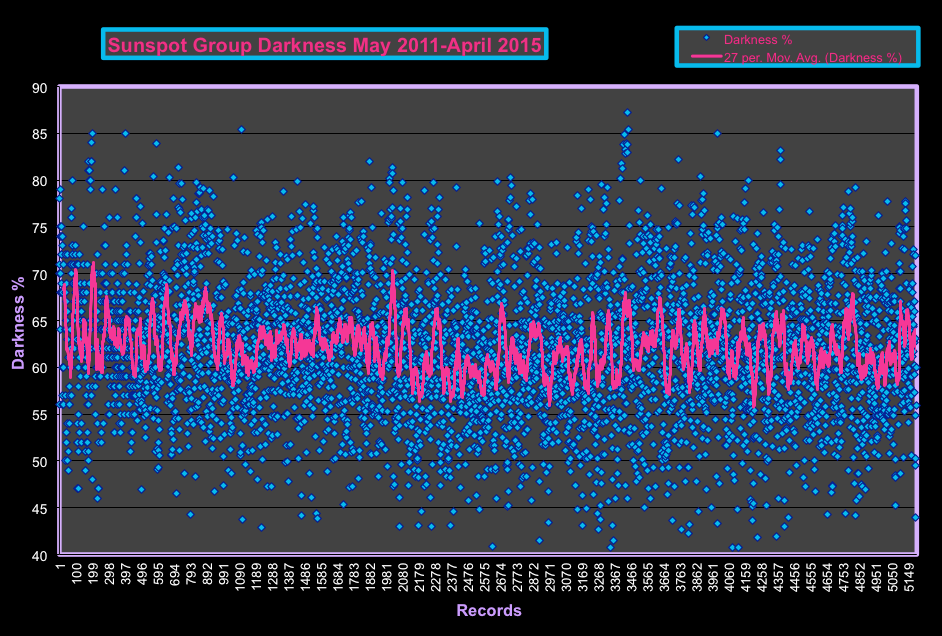
There is ample evidence from multiple sources that now cast serious doubt on the L&P findings and predictions. Judging by the lack of confidence from several sources it would not be prudent to base any prediction or form any analysis using the L&P data. I think we are just simply experiencing a solar grand minimum which should be weaker than the Dalton Minimum, where we would expect a slight rise in magnetic strength towards the SC24 and SC25 solar maxima.


